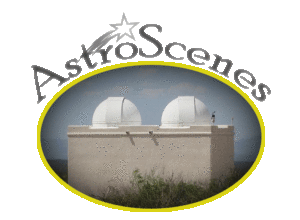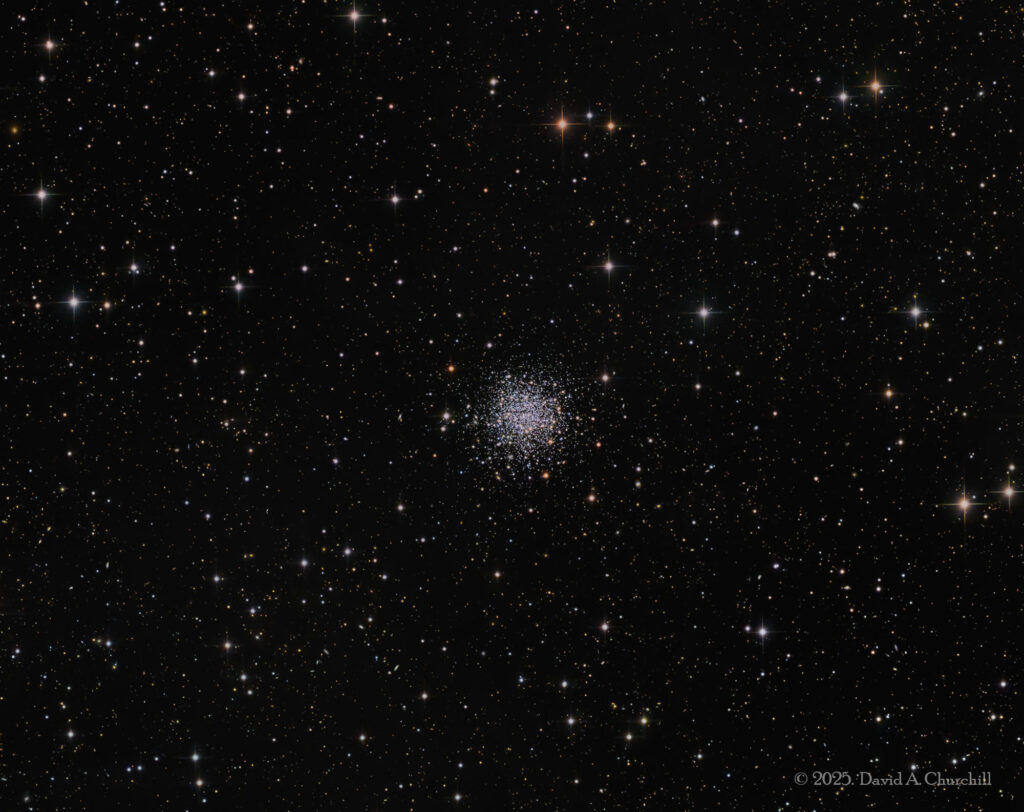NGC 7492
Globular Cluster, Aquarius
- Description
- Technical
- Links
NGC 7492 is a globular cluster in the constellation Aquarius. It was discovered by the astronomer William Herschel on September 20, 1786. It resides in the outskirts of the Milky Way, about 80,000 light-years away, more than twice the distance between the Sun and the center of the galaxy, and is a benchmark member of the outer galactic halo. The cluster is immersed in, but does not kinematically belong to, the Sagittarius Stream.
NGC 7492 possesses a tidal tail 3.5 degrees long, embedded into an over-density of stars which may be the remnants of a disrupted dwarf galaxy. The shape of the cluster is flattened rather than spherical, likely due to dynamical interaction with the Milky Way.
NGC 7492 possesses a tidal tail 3.5 degrees long, embedded into an over-density of stars which may be the remnants of a disrupted dwarf galaxy. The shape of the cluster is flattened rather than spherical, likely due to dynamical interaction with the Milky Way.
Telescope: Planewave CDK17 (FR) f4.5
Mount: Astro Physics 1600GTO
Camera: QHY16200A/ Integral FW
Guider: Agena Starguide II / ZWO ASI178MM
Filters: Astronomik 36mm LRGB
L: 25×10 mins = 250 mins, R: 15×10 mins = 150 mins, G: 24×10 mins = 240 mins, B: 24×10 mins = 240 mins
Total Imaging Time: 14h 40m
Data Imaged remotely on 5 nights during August & September, 2025.
Imaged from Observatorio El Sauce, Chile, in partnership with Fred Espenak.
Data acquisition & Processing by David Churchill.
None


